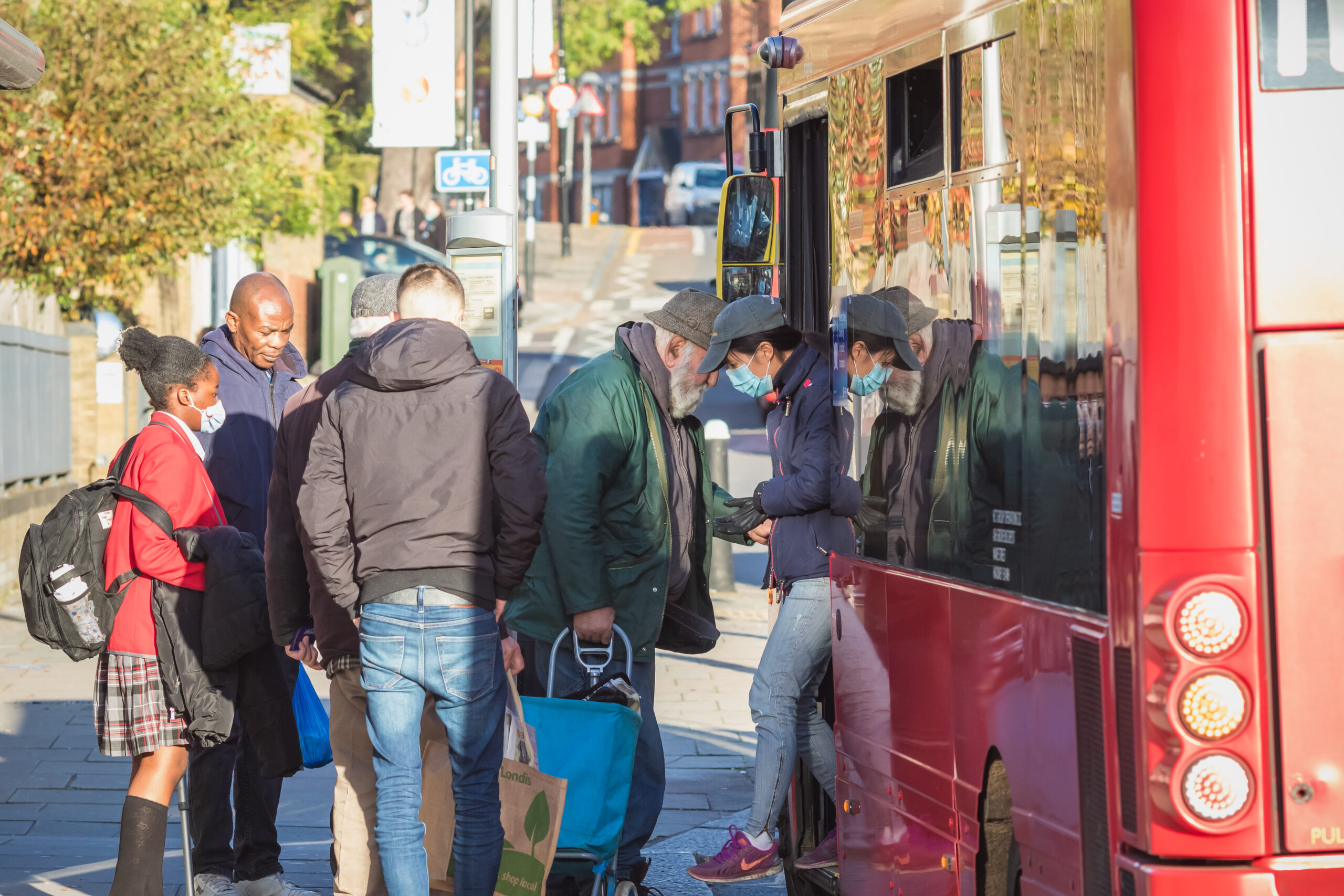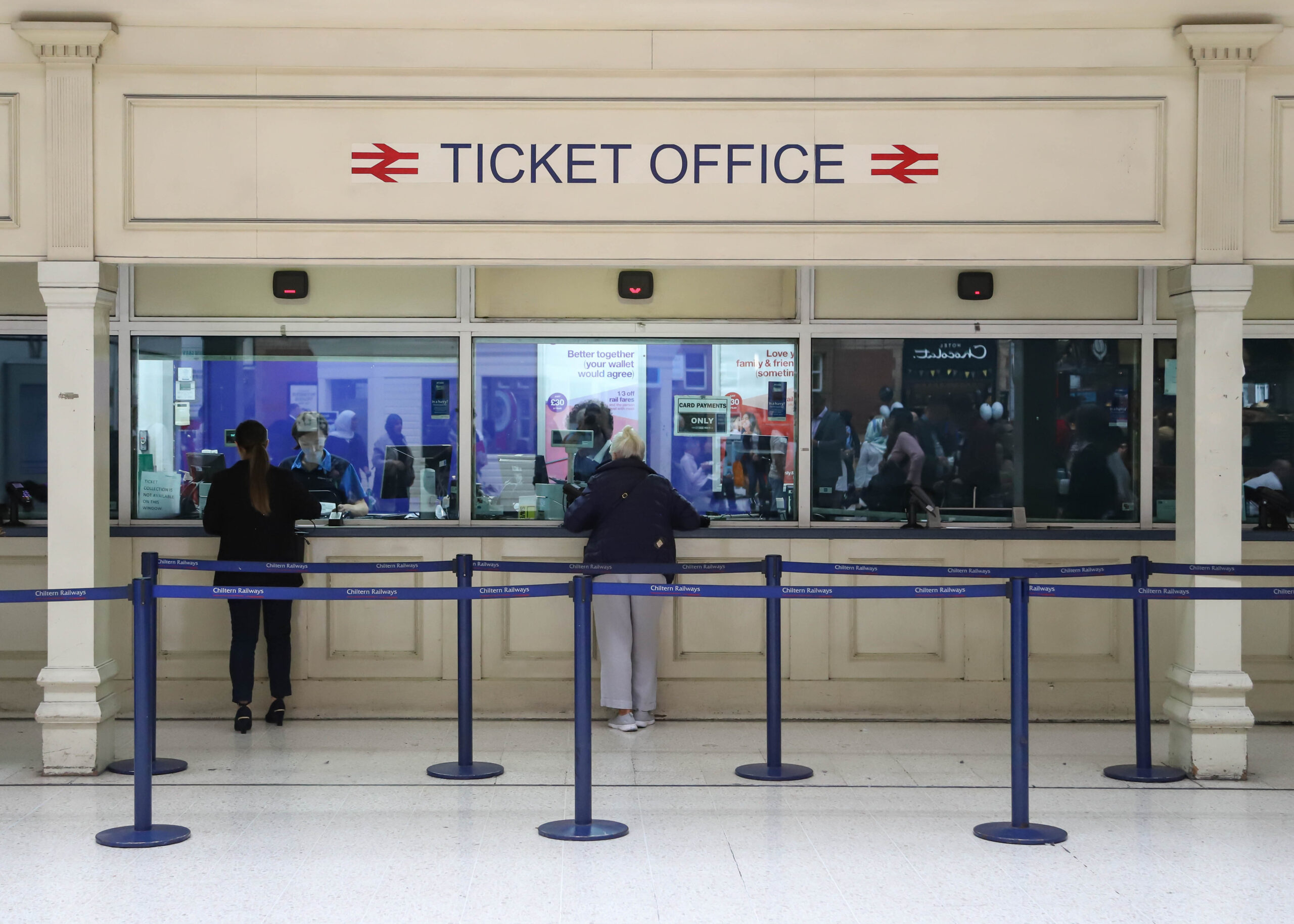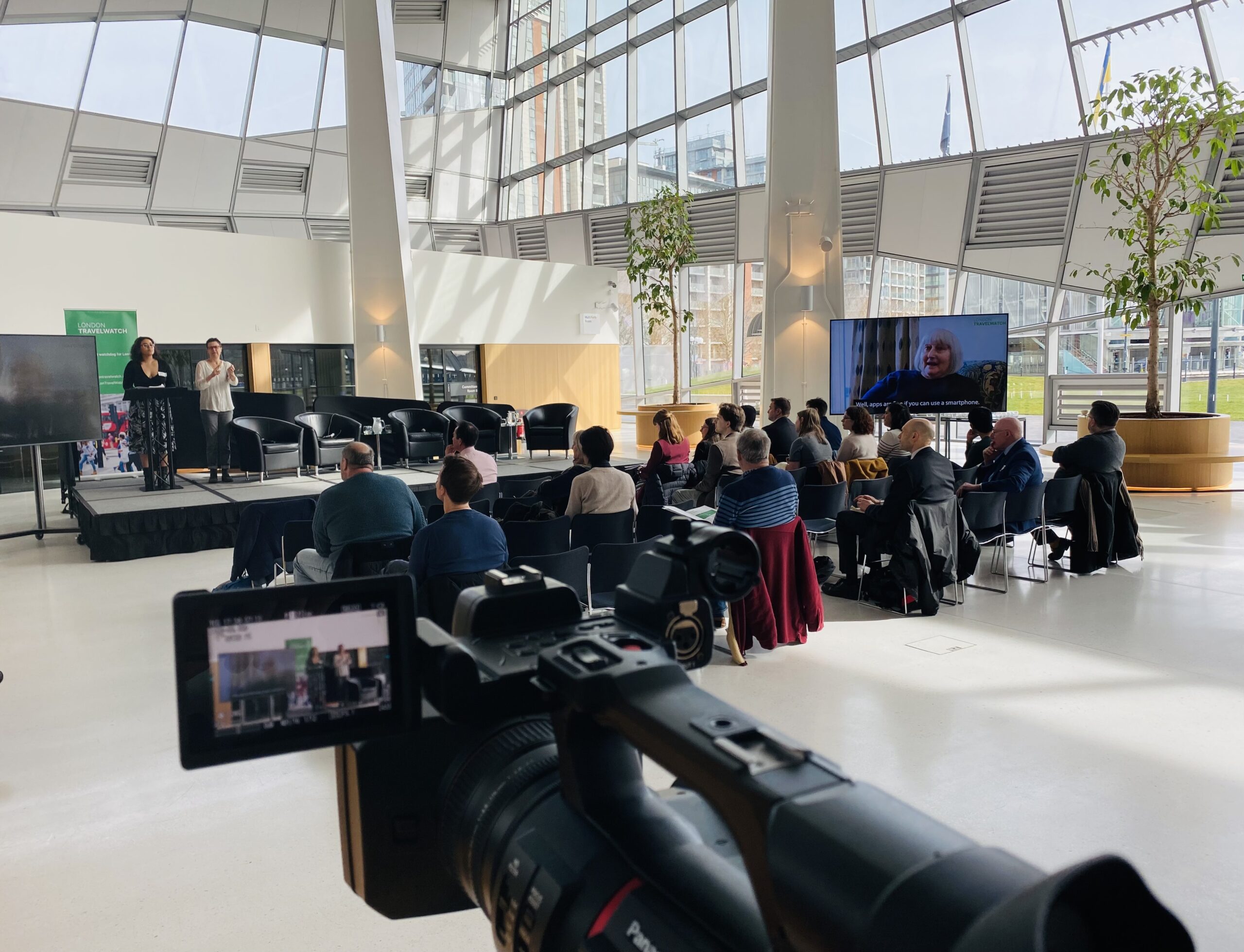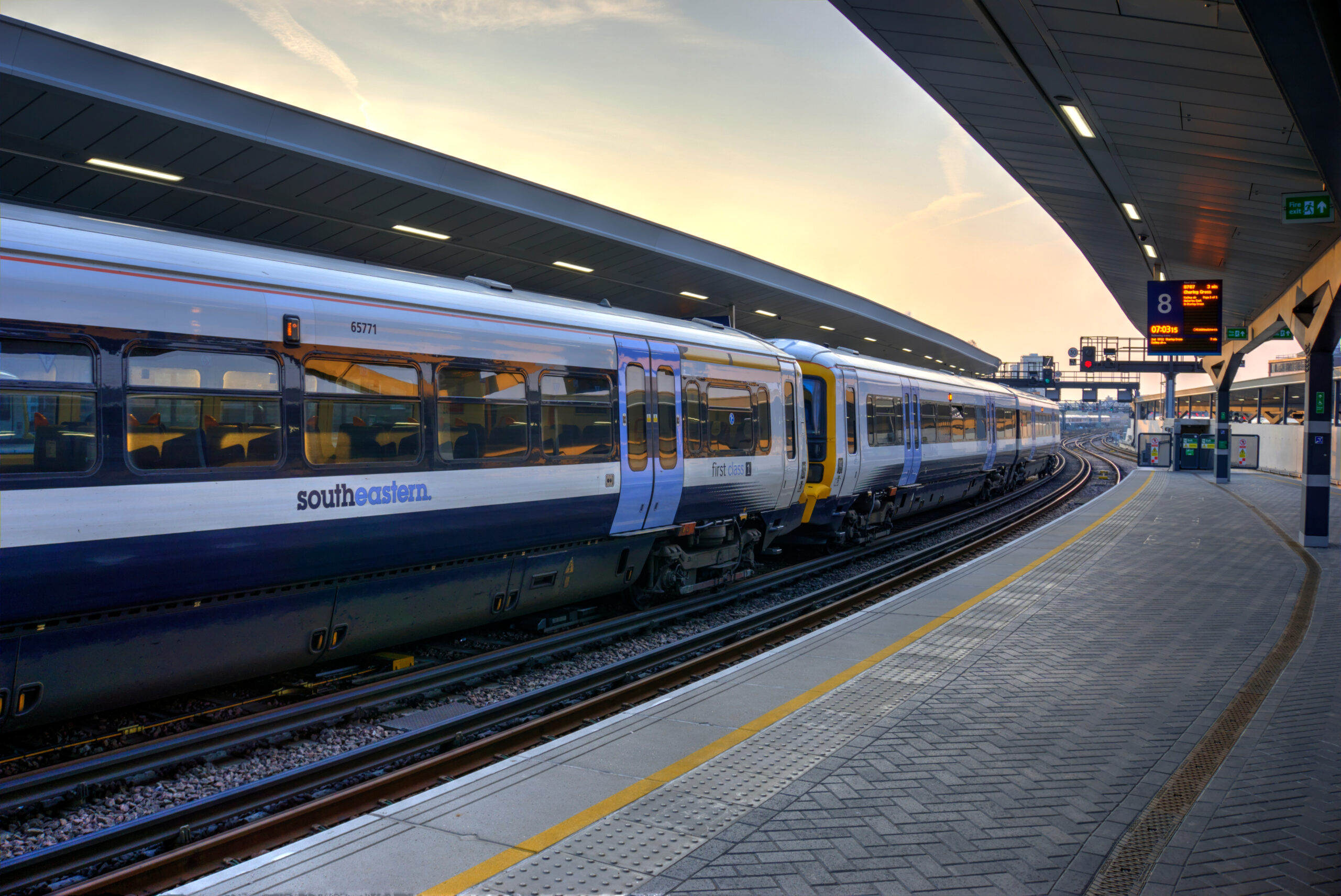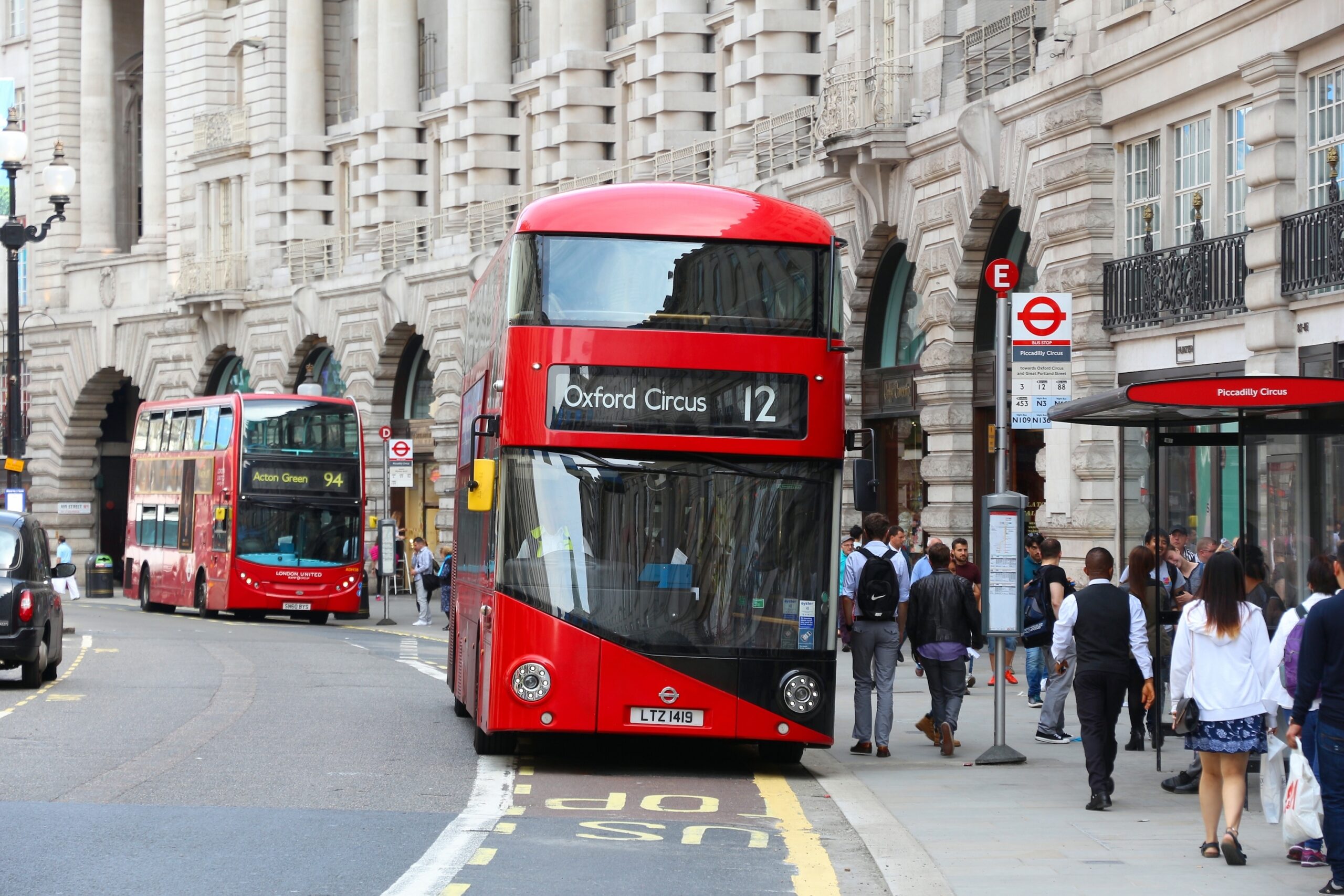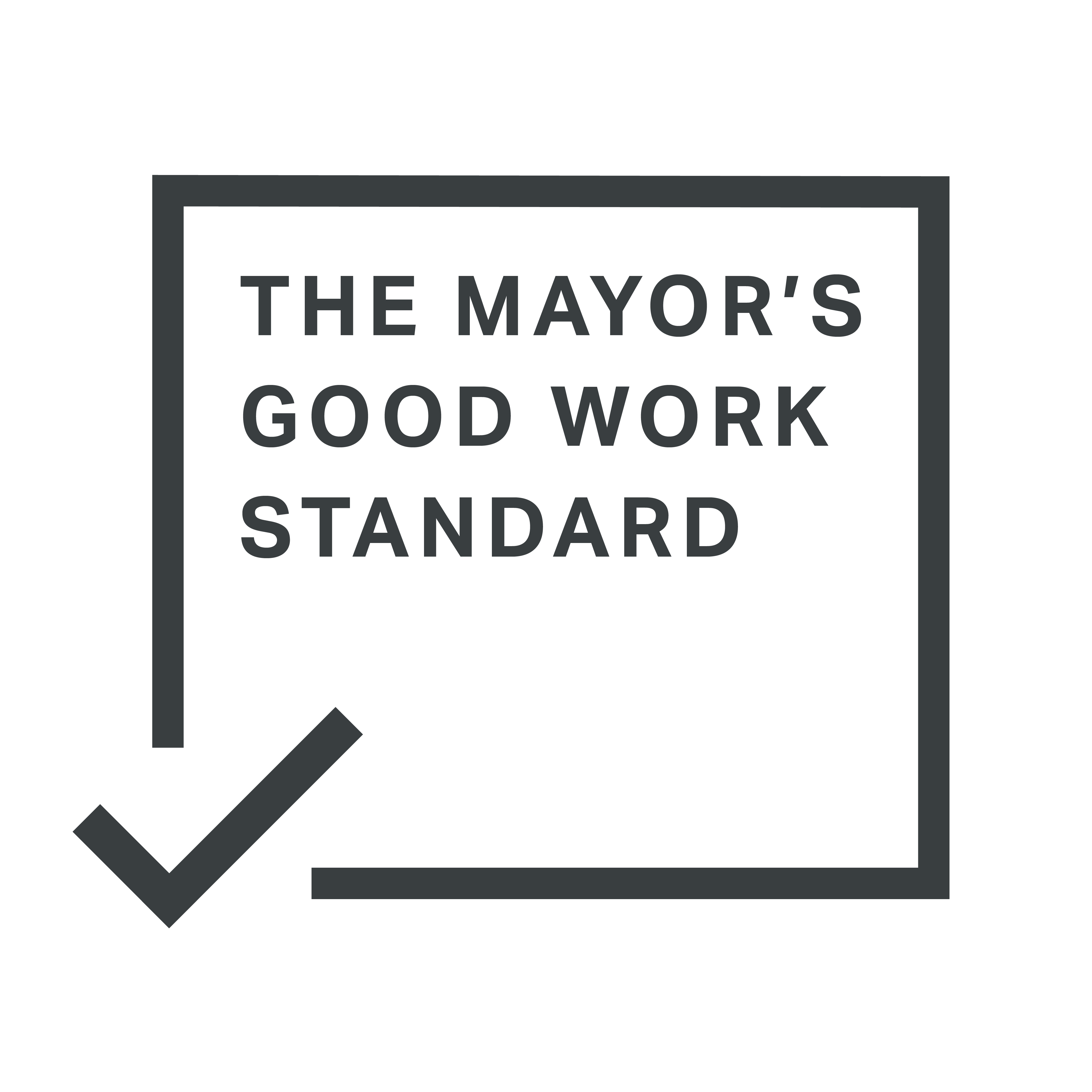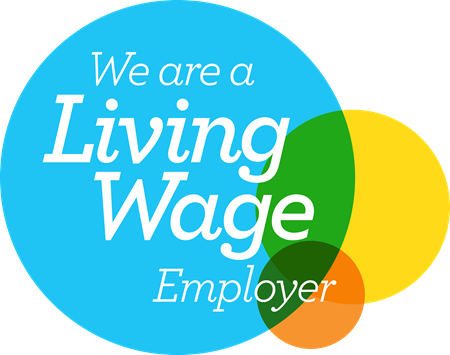12 June 2020
During this pandemic, a number of concerning issues have arisen. We know from the recently published Public Health England review that B.A.M.E. (Black, Asian and Minority Ethnic) communities are disproportionately affected by Covid-19. In the transport industry, there has been much concern about the safety of frontline workers, many of whom are B.A.M.E. This issue has rightly been raised by unions, individuals and the media during lockdown as transport workers have been put at greater risk of exposure to the virus, alongside NHS workers, carers and other key workers.
London TravelWatch has already expressed concern over these issues, and it is important that we also turn our attention to transport users. The recent protests around the world serve as reminder of the injustices many People of Colour experience on an everyday basis. Getting around our cities is just one everyday experience, and it’s important to look at how B.A.M.E groups experience London’s transport system to see if there are inequalities that could be addressed.
What do we mean by ‘B.A.M.E’?
It is important to note that whilst the term B.A.M.E is often used, this is just one collective term which describes a wide range of groups from different ethnic backgrounds, whose experiences are not homogenous. We have chosen to use this term as it is consistent with terminology used by official statistics, Transport for London (TfL) and the Greater London Authority (GLA) to describe Black, Asian and Ethnic Minority groups.
Further to this, the experiences of transport users are often intersectional, meaning people who identify as B.A.M.E and Disabled, or B.A.M.E and female, for example, may have specific or overlapping experiences. While it is important that all groups are represented more widely, in this article we have tried to explore the issues that may be commonly shared by B.A.M.E groups.
As London’s transport watchdog, we represent all users. However, some groups are more likely to face specific barriers and injustices, which is why we have chosen to explore some of the issues faced by B.A.M.E users during the pandemic. This is by no means exhaustive, but rather a look at some of the key issues arising in the last few months. We hope this article will be the first in a series to highlight the experiences and evidence around the issues faced by a number of groups, both during the pandemic and after. We look forward to inviting experts to write on these issues to represent the voices of a range of transport users.
What are the key issues for B.A.M.E Transport users right now?
Health risks during the Pandemic
40% of Londoner’s are B.A.M.E. It is estimated that by 2031, more than half (56%) of London’s 15 to 19 year olds will belong to a B.A.M.E group. This makes for a significant make up of our travelling public. By 2041, 46% of London’s population may be from a B.A.M.E group. These predictions reaffirm the need to recognise and listen to the experiences of London’s B.A.M.E transport users during the pandemic. The recent Public Health England review found that people from B.A.M.E backgrounds are statistically more likely to die from Covid-19. People of Bangladeshi ethnicity are twice as likely to die from Covid-19 than White groups, with other ethnic minority groups between 10 and 50% more likely, once factors such as age and socio-economic background are taken into account.
If members of a household have to leave home on a daily basis, they risk contracting the virus and passing it on to household members. This risk has disproportionately fallen on the shoulders of B.A.M.E groups. Jobs which require working on the frontline have required many to travel throughout the height of the pandemic. This includes taxi drivers and transport workers, as well as carers and those working in the NHS and social care (where nearly 21% of staff are from B.A.M.E backgrounds). Those who are unable to work from home have been at highest risk of contracting the virus.
Some of the areas of London with the highest death rates from Covid-19 have also seen some of the busiest ‘hotspot’ stations in London – stations where it is impossible to maintain a 2 metre distance from other passengers at rush hour. A recent study by City Hall’s Intelligence Unit found that the highest Covid-19 death rate in London is an area of Newham, where 82% of the population are B.A.M.E. Some of the busiest stations, including Stratford and Canning Town, are located in Newham. This new ‘class divide’ was something we identified in our earlier blog, a trend which is even more important to address now that those unable to work from home are being encouraged to go back to work, and shops and schools are starting to reopen.
So now that lockdown is gradually being lifted, what do we actually know about how B.A.M.E transport users feel about travelling?
In the last month, London TravelWatch has been working with Transport Focus to track the attitudes of the travelling public. In last weeks’ results we found that:
- When asked whether individuals would wear a face mask outside their home, B.A.M.E respondents were nearly twice as likely to do so (67%) than White respondents (37%).
- Over 10% more B.A.M.E respondents thought wearing a face mask while using public transport should be a requirement.
- B.A.M.E respondents also said they were more likely to drive, cycle or walk rather than use public transport, as well as being more likely to work from home in future if they can.
Whilst only a small section of the sample were from B.A.M.E backgrounds, these results show that in a number of key areas, B.A.M.E individuals are potentially more cautious about safety measures when travelling, and show more of a propensity to use alternative modes (driving, walking or cycling) if they can. We must be careful when trying to understand these results, as other factors influence these outcomes – for example it may be easier to choose to walk or cycle when living in a city like London – but they do present an interesting picture.
The tracker provides a useful snapshot of the changing attitudes of the travelling public, but it is clear that more needs to be done to identify the specific experiences of Black and minority ethnic groups travelling during the pandemic. The greater risk B.A.M.E groups face if they contract the virus means specific actions may need to be taken to help them travel safely. More evidence from B.A.M.E transport users will mean the transport industry can work with other sectors – including business, housing and education – to keep people safe when travelling.
Issues around security and personal safety
So what other issues around safety affect B.A.M.E transport users, and how is this important during the pandemic?
For everyone travelling in London, negative experiences around security and personal safety are a big part of informing perceptions and attitudes to public transport. Evidence shows us that certain groups are more likely to feel worried or nervous about using public transport due to fears around safety. For example, some women are particularly careful when travelling alone or at night. This also applies to B.A.M.E transport users, who are also more likely to be worried about safety when using public transport. Last year, TfL reviewed existing evidence for different groups, identifying the barriers and challenges that may exist when using TfL’s network.
TfL’s Attitudes to Safety and Security Annual Report (2017/18) shows us that:
- On average, 30% of Londoners felt very or quite worried about their personal security when using public transport. This was markedly higher for Disabled people (37%), those aged 16-24 (35%) women (34%) and B.A.M.E Londoners (33%).
- On average, 30% of White Londoners experienced a recent worrying incident while using public transport. This was again higher in the above groups, including (37%) of B.A.M.E Londoners.
- When asked why they felt worried about using public transport, B.A.M.E Londoners were more likely to cite Hate Crime as a reason (20%) than White Londoners (9%). B.A.M.E Londoners were also less likely than White Londoners to report such incidents (16% compared to 22%).
- When asked what they believed to be the reason for an incident they witnessed or experienced, B.A.M.E Londoners were much more likely (60%) than White Londoners (49%) to cite race or ethnicity.
Other factors also play a big part in how safe someone feels – including the areas someone travels in, the time they travel at and the mode of transport chosen. This is something which was picked up in a recent Centre for London report. In focus groups, Ethnic minority Londoners cited concerns about safety as a bigger barrier to using the bus more (20%) compared to 11% of White Londoners. Bus use is noticeably higher in B.A.M.E groups (65% compared to 56% of White Londoners use the bus at least once a week). This is even higher for Black Londoners, of whom 73% use the bus at least once per week, much higher than other ethnic groups.
With reported crime higher on buses, this may explain why fears around safety are higher for B.A.M.E groups – they are potentially more likely to witness concerning incidents. Given this evidence, it is even more important we look carefully at the experiences of those using the bus during the pandemic, especially considering bus use is much higher in B.A.M.E groups. A similar analysis of other modes of transport is also needed. Problems with feeling safe while travelling disproportionately affect B.A.M.E users, and it is important to be aware of these pre-existing issues as lockdown is lifted.
How can we better represent B.A.M.E transport users going forward?
In the immediate future, there will likely be further investigation to understand the disproportionate impact of Covid-19 on B.A.M.E groups. It may be that certain measures will need to be put in place for people travelling on public transport to help protect those from a B.A.M.E background – such as the risk assessments for B.A.M.E staff now in place at City Hall.
More needs to be done however to address the wider challenges and barriers to public transport facing B.A.M.E users. Recently, good research is starting to emerge looking at the specific barriers facing different user groups, including B.A.M.E transport users. This is something TfL also work to address, and have a number of equality objectives and schemes designed to tackle inequality and create a more inclusive transport network. The issues facing B.A.M.E users in London often intersect with other factors, such as where an individual lives, how good the public transport connectivity is and the modes available, but also factors like the cost of travel, which has been identified as a key barrier to some B.A.M.E users. Inequality on a wider scale and the barriers faced due to cost underpin the travelling experience of many Londoners: in the past this is something London TravelWatch has explored.
The events of the last few weeks must prompt us to do better, to make sure we represent all Londoners, and work hard to address inequality across all sectors: including transport. More can be learned about how to better represent the needs, attitudes and concerns of B.A.M.E transport users in London.
References
Public Health England, ‘COVID-19: review of disparities in risks and outcomes’ 2020
Transport for London, ‘Travel in London, Understanding our diverse communities’ 2019
Mayor of London Press Release, June 2020
London TravelWatch, 2020 ‘Working at home: the new class divide’
Travel during Covid-19, tracking research – week 5, June 2020
Centre for London, ‘Fair access: Towards a transport system for everyone’ 2019
TfL Vision for Equality and inclusion

